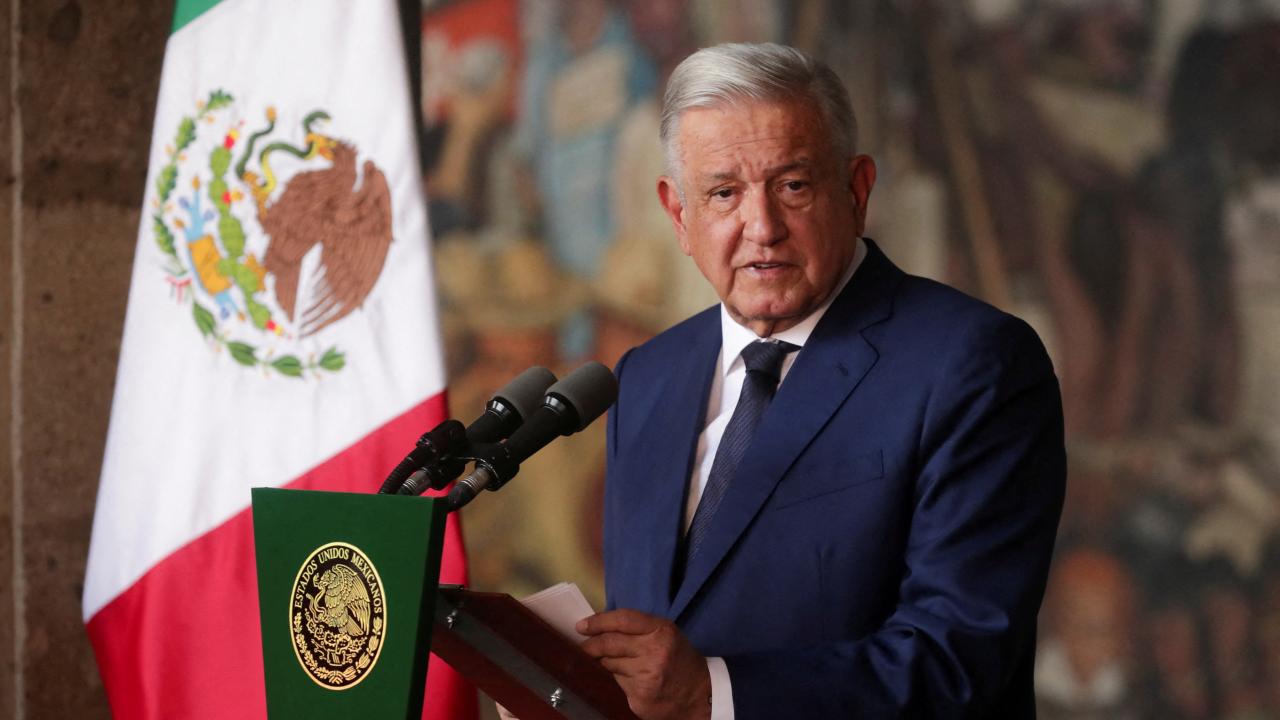
In recent months, Treasury officials explained that this increase is due to the fact that payments to beneficiaries of social programs were advanced.
Prior to one of the presidential elections in Mexico, the government opened the key to public spending by disbursing greater resources for social programs, among other items, according to information released by the Ministry of Finance and Public Credit (SHCP).
Between January and April of this year, the government of Andrés Manuel López Obrador spent US$176.2 billion, which represented an annual growth of 18.1%, the highest on record for a similar period, according to statistics. of the Treasury.
The substantial increase in spending, officials explained in recent months, is mainly due to the electoral ban, due to which payment to the beneficiaries of social programs had to be advanced, in addition to an acceleration in spending on infrastructure, to finish projects. before the end of the six-year term.
The above was reflected in the increase in programmable spending, which is intended to provide goods and services to the population. In the period, this expense totaled US$ 126,918 million, which represented a growth of 24.2% in annual comparison.
Meanwhile, non-programmable spending – including the financial cost of debt – was US$ 48,882 million, which represented a growth of 4.7% compared to the first quarter of 2023.
Interest, commissions and debt expenses decreased
Within the report, although an increase in the financial cost of public debt is observed, what has to do with the interest and commissions on it decreased in annual comparison.
For the entire concept of financial cost, which includes interest, commissions and debt expenses, as well as the resources that are allocated to cleaning up the financial system, the government had to disburse US$ 20,224 million between January and April of this year, which which was 0.8% higher compared to the same period in 2023.
However, if only the payment of interest, commissions and debt expenses are considered, these were US$16,552.6 million, which was 1.1% lower compared to a year ago.
Meanwhile, support for savers and debtors totaled US$3,671.7 million, an annual increase of 10.2%.
Currently, the financial cost of debt is under pressure due to the permanence of high interest rates worldwide, this to try to combat inflation that remains at high levels despite the normalization of supply chains, but in the midst of geopolitical tensions and the threat of climate change.










